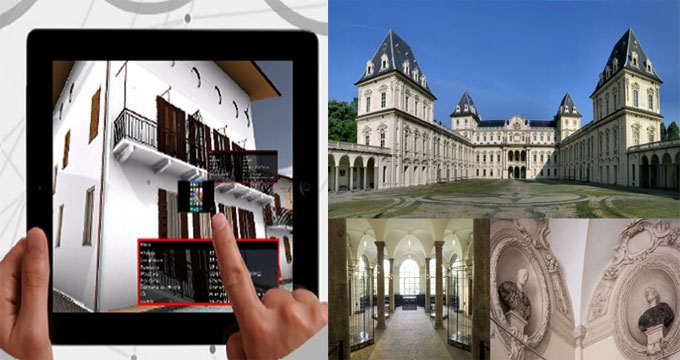The application of Building information modeling (BIM)
becomes more versatile when it offers huge benefits in the documentation and
development of historical structures in a system known as historical BIM
(HBIM). The process is complicated for transforming point clouds into a 3D
model as there are lots of asymmetrical geometries in the concerned buildings.
So, various semi-automatic parameterization tools are required.
Historical building information modeling (HBIM) stands for a
semantic-aware database of historical buildings, through which the geometric
model is associated with explanatory multi-source information. Historical
buildings generally comprise of stratified artifacts along with non-regular and
complicated geometry, contrasting to present constructions which normally
contain regular geometry. Reality-based spatial data that is generated from
cutting-edge geomatics 3D modelling methods can deliver a perfect replica of
those buildings, containing all the related information, even though the diversified
characterizing shapes are a big challenge at the time of modeling the geometry.
Often these shapes are remodeled by hand, as there are limitations for
impressive automatic recognition. The aims, structure and scale – and
consequently the projected level of detail of the model – significantly impact
the system to data acquisition (sensors, accuracy) and data processing.
The workflow for HBIM projects commence from data procurement
from different sensors in relation to the necessity of context and the projected
outputs. Then, the surveyed point clouds should have been pre-processed and
curtailed with different systems and standalone software, and possibly modified
for segmentation by means of automatic or semi-automatic object recognition
into a BIM platform. Besides, elements are modeled and transformed into an
approximation of reality in line with parametric rules, so it is likely to
adjust each illustration of the model. As a final point, the shapes and the
identities of objects should be associated with proper and sound relationships
in accordance with the semantic definition of entities. After this, the model
is ready to be explored with other information for analysis and monitoring over
time. On the other hand, the manual creation of 3D models linked to as-built
BIM is complicated and laborious. As the costs and skills necessary for
manipulating the data signify that this approach is not justifiable and more
automatic or semi-automatic tools for parameterization of metric and non-metric
information are essential.
BIM platforms come up with some standalone embedded tools or
plug-ins toward 3D modellers, viewers, analysers. They facilitate the best use
of point cloud and processing with the intension of generating geometric
modelling, feature extraction and parameterization in heritage buildings. Some
commercial ones comprise of ArchiCad BIMx by Graphisoft, Scan-to-BIM by
IMAGINiT, Revit by Autodesk, BIM360 by Autodesk, Recap by Autodesk, PonitSense
by FARO, Leica CloudWorx, Green Spider, Bentley MicroStation V8i and Tekla
Structures. Some open-source alternatives are Edificius, Tekla BIMsight and
Autodesk Navisworks Freedom by IMAGINiT.
To read the complete article, go through the following link gim-international.com

~~~~~~~~~~~~~~~~~~~~~~~~
Published By
Rajib Dey
www.bimoutsourcing.com
~~~~~~~~~~~~~~~~~~~~~~~~
No comments:
Post a Comment